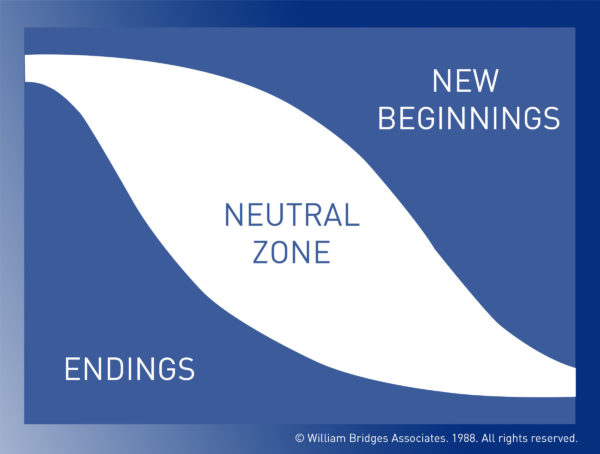"Geese in the rear of the formation honk to encourage those up front to up their speed. It is important that honking from behind be seen as encouraging. Otherwise, it is just - well - honking."
--Dr. Robert McNeish
Looking for signs of change?
The American Expedition Forum reminds us that the flight of Canadian geese at certain times of the year is a sure sign the seasons have changed.
Much has been written about the Canada goose, the largest in the world, with specimens averaging between five and 14 pounds. Some geese weigh over 20 pounds. Full-grown Canada geese measure 30 to 40 inches in length and have a wingspan between 50 and 75 inches, or about four to six feet.
They congregate into large groups for their migrations, maybe 30 to 100 in a group. Their loud honking, a form of airborne communication, gets our attention even if we're indoors.
Always a sight to behold, a perfect V formation of geese, or skein, can provide 71% more flying range than if they were flying on their own, according to studies published on Quora.com.
Imagine each bird in line flying a little higher than the goose in front of it. Some speculate that this formation allows the lead goose to break the headwind, making it possible for the birds behind to "draft." In addition, shifting positions during their flight will enable geese to take turns breaking the wind and reducing fatigue, according to those who study this species of the Anatidae family.
Canada geese fly at an average speed of about 40 miles per hour when migrating but can go up to 70 miles per hour if they catch a strong tailwind. Migrations have been recorded as long as 2,000 to 3,000 miles with distances of up to 1,500 miles in a single day with good weather.
And yes, you may see some Canadian geese flying in different directions. The Cornell Lab says there are increasing numbers of resident Canada geese across North America. These birds do not migrate but are simply gaggles of geese seen as nuisances in some communities and lake areas.
Just ask anyone with a dock.
A remote season
Books and workshops have been produced, showing management how much can be learned from Canada geese and applied to business. However, most literature on that topic was written before this global pandemic.
Do any of those original lessons still apply to the increased use of video technology and social distancing?
And how are virtual organizations supposed to fly in formation?
Here is our Covid-19 version of the "Lessons of Geese," initially published in 1972 by Dr. McNeish--
1. The importance of knowing the organization's purpose and goals. It's hard to accomplish anything in-person or remotely if you're unsure of the enterprise's purpose (why?) and goals (outcomes). So those two pillars are worth continually communicating.
2. The importance of individuals and teamwork. Work is a balancing act with the task of determining the form. Sometimes a single individual is all that's needed to perform an assignment.
Teams struggle when there's little or no recognition of the people who comprise them. Geese strengthen, not weaken, their individual identity when flying in formation.
There are benefits to staying together. Like the goose, you may feel the drag when flying out of formation. Therefore, learn to take advantage of the lifting power of your teammates in person or online, whether nearby or halfway around the world.
3. The importance of sharing and remaining still. When a goose tires of flying, it drops back into formation, and another goose flies to the point. This sharing of responsibility is impressive. Relieving someone of a difficult task is an issue of health and well-being, personally and corporately.
At other times singularly and quietly toughing out a difficult duty is a character-building exercise.
4. The importance of empathy and understanding. A recent study by the University of Chicago shows the pandemic affects mental health, especially among young adults. Staying alert to colleagues who face discouragement and fatigue is everyone's responsibility.
Being alone or having children in school while working can only go on so long before causing a severe strain on an associate's well-being. How many Zoom calls can anyone take?
If a goose gets sick, two geese drop out of formation and follow it down to the ground to help and protect it. Standing by each other in uncertain times may save someone's job--or life.
And in taking care of others, don't forget to take care of yourself.
5. The importance of coaching and encouragement. Employees sometimes need specific help with their jobs. Ask directly what, if any, assistance is required? How can we help each other with current commitments and deadlines?
Encouragement should also focus on growth and development, not just addressing one's feelings during stressful situations.
In one accord
The late Albert Schweitzer told this story about geese--
A flock of wild geese had settled to rest on a pond. One of the flock had been captured by a gardener, who had clipped its wings before releasing it. When the geese started to resume their flight, this one tried frantically, but vainly, to lift itself into the air.The others, observing his struggles, flew about in obvious efforts to encourage him; but it was no use.Thereupon, the entire flock settled back on the pond and waited, even though the urge to go on was strong within them. For several days they waited until the damaged feathers had grown sufficiently to permit the goose to fly.Meanwhile, the unethical gardener, having been converted by the ethical geese, gladly watched as they finally rose together, and all resumed their long flight.
Strategist.com









